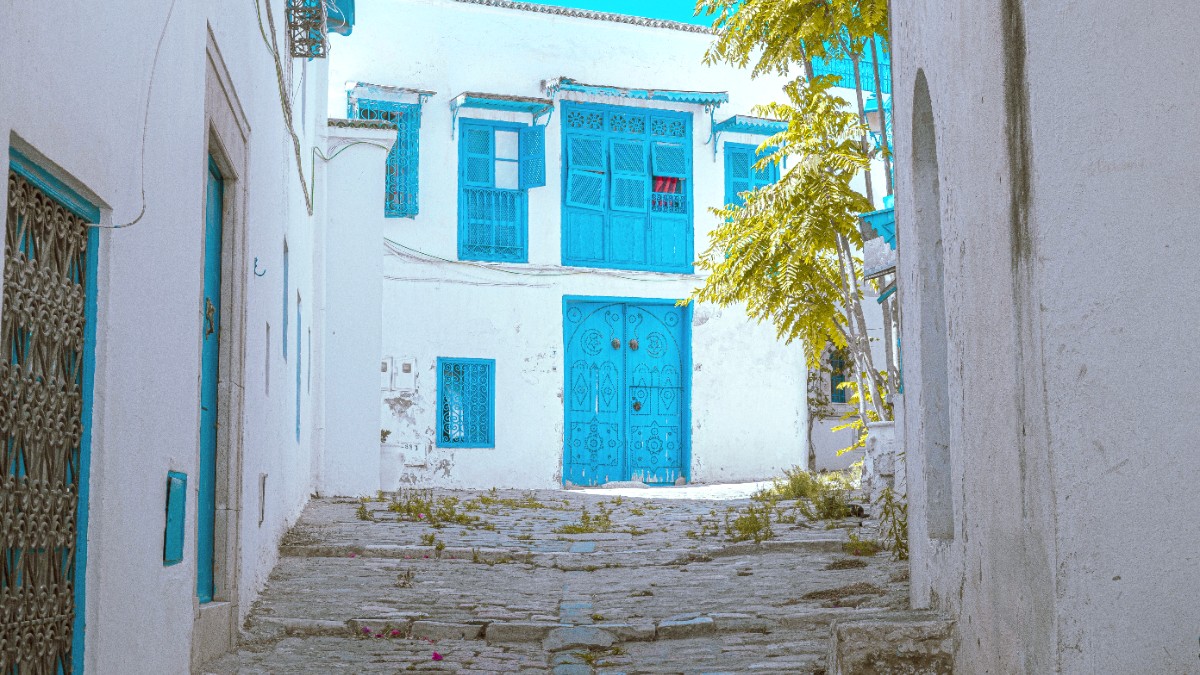
Tunisia
Tunis operates a public transportation network managed by TRANSTU. This system comprises three main modes: Metro Léger (Light Rail/Tram), Buses, and TGM (Tunis-Goulette-Marsa) suburban railway.
Route maps generally sit at major Metro and TGM stations. Transportation hubs include Place Barcelone (central interchange) and Tunis Marine (TGM main station).
Public transport is inexpensive. Purchase Metro/TGM tickets at kiosks; buy bus tickets from the driver. Single-journey tickets cost 0.5-1.5 TND. Tickets must undergo validation.
Generally from 5:00 AM to 10:00 PM/midnight. Service frequency varies, with more runs during peak hours. Expect reduced service on weekends/holidays. Plan late-night journeys, or consider taxis.
Utilize offline map apps (Google Maps, Maps.me) for real-time route planning. Ask locals for directions; Tunisians are generally helpful. Maintain vigilance about personal belongings in crowded areas.
Need a national driver's license, IDP, passport, and credit card. Major international and local companies operate.
Less common and not generally suggested for tourists due to chaotic traffic and safety concerns.
Limited bicycle sharing. Some hotels might offer them. Safer in less congested suburbs.
Drive on the right. Seatbelts mandatory. Urban speed limit 50 km/h. Be alert for pedestrians.
Walking presents the most immersive way to experience certain parts of Tunis, notably the Medina and Sidi Bou Said. Guided walking tours are available for insights.
A formal hop-on-hop-off bus service specific to Tunis does not find wide availability.
Water transportation options within Tunis remain limited.
Dedicated infrastructure for travelers with mobility needs sees limitation in Tunis.
Choose your transport according to your itinerary and budget. Public transport suits a lower budget, taxis for simple travel.
For longer journeys or specific sightseeing, a combination of methods often works best.